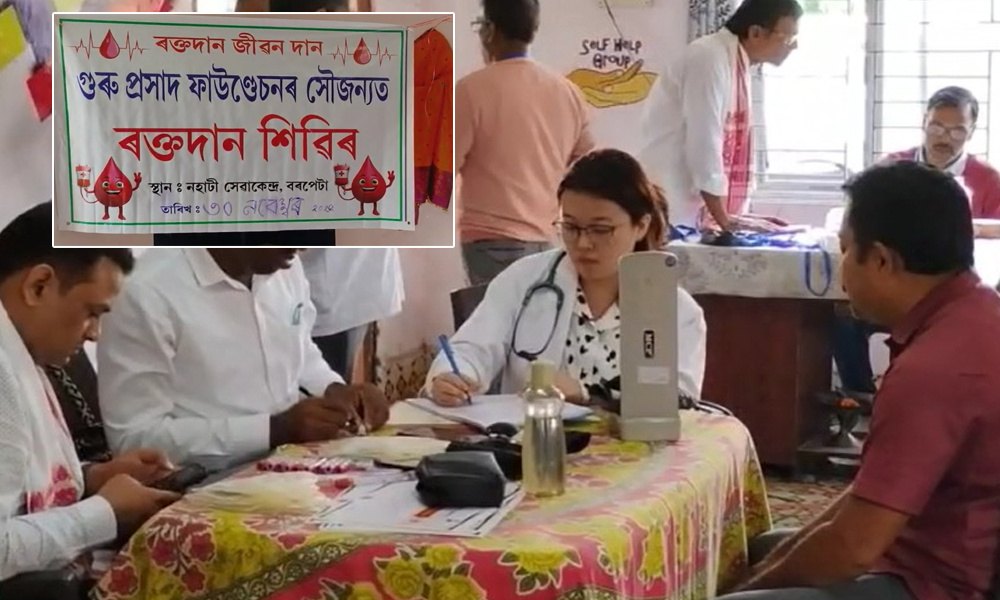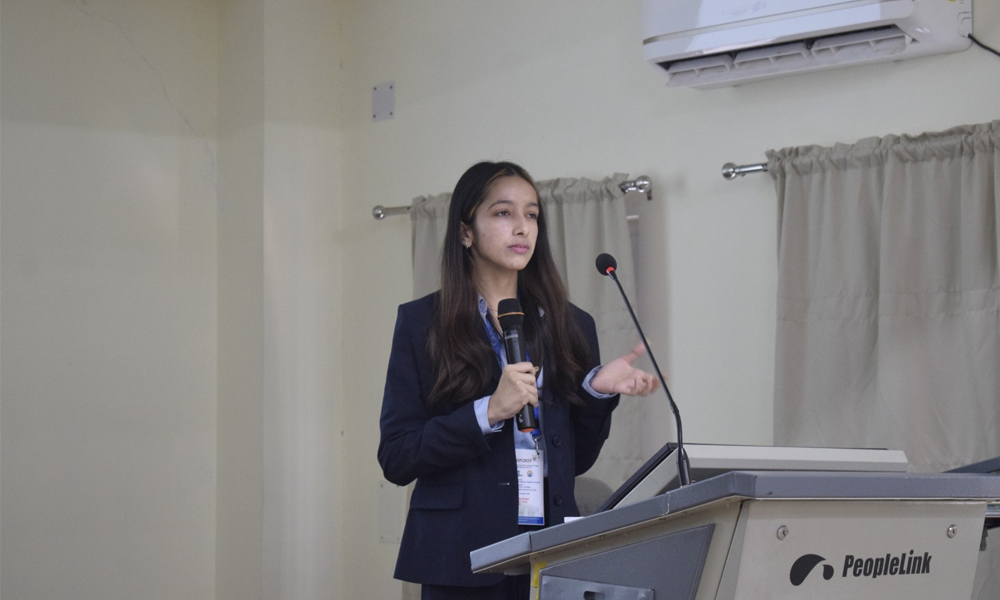Cytoreductive surgery (CRS) entails removing all cancerous areas within the abdominal cavity, whereas HIPEC surgery entails giving hot chemotherapy in the belly inside the operating room following full CRS.
Digital
Desk: A 42-year-old lady with Pseudomyxoma
Peritonei (PMP) cancer, in an advanced stage of disease spread, was saved by a
rare surgery at Fortis Mohali's Department of Surgical Oncology. This instance
is remarkable since PMP cancer is extremely rare, with an annual incidence rate
of 1-2 per million.
Dr. Jitender Rohila, Consultant, Surgical Oncology and
Robotic Surgeon, led a team of specialists that performed CRS (Cytoreductive
Surgery) and HIPEC (Hyperthermic Intraperitoneal Chemotherapy) surgery on the
patient. The gold standard surgical treatment for PMP cancer has been developed
as CRS HIPEC. To remove advanced abdominal cancers, a combination of
sophisticated surgery and intra-abdominal chemotherapy is used. Cytoreductive surgery (CRS) entails removing
all cancerous areas within the abdominal cavity, whereas HIPEC surgery entails
giving hot chemotherapy in the belly inside the operating room following full
CRS.
The patient reported acute abdominal
swelling, gastrointestinal disturbances, and a loss of appetite. She had also
had surgery three months previously at another hospital for suspected ovarian
cancer (uterus, both ovaries, and appendix) when diagnostic results identified
a mucinous tumour arising from the appendix. But when she didn't get better,
she went to Dr Rohila last month, where medical exams and a CT scan revealed
mucinous ascites (a jelly-like fluid in the belly) and tumour deposits
throughout the abdominal cavity, indicating PMP cancer.
"It
was a complicated procedure that comprised intestinal resection and excision of
the tumour from the liver and intestines," Dr. Rohila explained. The
entire cytoreduction process took about eight hours. HIPEC was performed for 90
minutes after the tumour was removed. The patient recovered quickly after
surgery and was discharged 10 days later. She has fully healed and is now
living a regular life."
"CRS HIPEC is used to treat cancers that have spread
to the peritoneum from cancers of the appendix, large intestine (colon and
rectum), stomach, ovary, or cancers that develop from the peritoneum like
pseudomyxoma peritonei, malignant peritoneal mesothelioma, and primary
peritoneal cancers," Dr Rohila explained. CRS HIPEC is a major surgical
procedure and requires trained surgeons, experienced teams of anesthesia and
ICU critical care team, experienced medical oncology team to manage
chemotherapy-related complications, expert radiology team and oncopathology
team for the correct diagnosis including type, stage and grade of cancer; an
intervention radiology facility to manage post-operative complications, and a
rehabilitation team to ensure smooth and early recovery.”
























